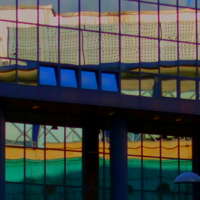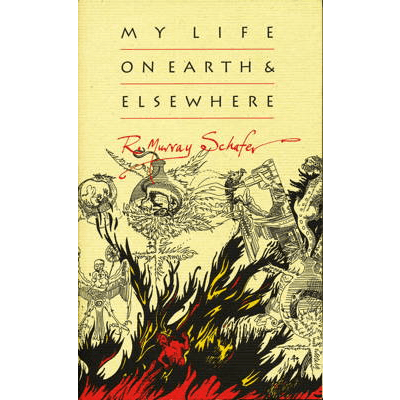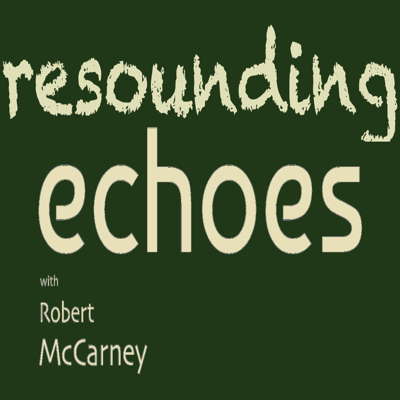 CENTRAL ENGLAND: Mike Wheeler's concert reviews from Nottingham and Derbyshire feature high profile artists on the UK circuit - often quite early on their tours.
CENTRAL ENGLAND: Mike Wheeler's concert reviews from Nottingham and Derbyshire feature high profile artists on the UK circuit - often quite early on their tours.
Vaughan Williams: The Wasps
The Wasps is a satirical comedy by Aristophanes written in 422BC. A son tries to help his father escape from an addiction to the procedings at the Athenian Court by locking him up at home, but the father is rescued by a chorus of wasps. The play is mainly concerned with quarrels and a final reconciliation between Philocleon and his son Bdelycleon.
In classical music The Wasps is known also for the overture of the same name written by English composer Ralph Vaughan Williams. It was commissioned by the Greek Play Committee of Cambridge, England, as part of the incidental music for a 1909 performance of Aristophanes' play. The music was first heard at a performance of the play on 26 November 1909.
The music became very popular, and Vaughan Williams extracted movements to form an Aristophanic Suite, which was first performed on 23 July 1912 with the composer conducting the New Symphony Orchestra. The suite is very rarely performed, but the overture has become quite popular in the concert hall and much recorded. The movement describing The March Past of the Kitchen Utensils is also occasionally played.
The overture, possibly sounding more of Gloucestershire than ancient Greece, is scored for a smallish orchestra of flutes, oboes, clarinets, bassoons, horns, trumpets, timpani, bass drum, cymbals, triangle, harp and strings. The second oboe, second bassoon, third and fourth horns and second trumpet are optional. It begins with the characteristic buzzing sound of the wasps, constructed from trills, fast scalic passages, sforzandi, dynamic swells and short stabs of sound. The music reaches a climax, followed by a pause, and then the clarinet and bassoon state the spiky first main theme, scherzando. This is taken up by the rest of the orchestra, and then the violins (on the G string) and the horns introduce a broader second subject, marcato.
The two main themes are combined and played by the full orchestra, followed by a bridging passage in which groups of three bar fragments lead to a softer, cantabile section. Until this point, the music has been in a duple rhythm, but the three bar phrases now become one bar of a new tempo in triple time. The new cantabile melody is first introduced by the clarinets, horns and violas, and extended at some length, growing to mezzo forte and then dying away to pianissimo.
A sudden return to the introductory wasps material brings back the initial tempo and fragments of the spiky first main theme. There's then a climax which dies away to a reprise of the spiky theme itself, this time beginning on oboes and bassoon(s), and then the broader second theme, with the melody introduced by clarinets and trumpet(s). Next we have a reprise of the triple metre section, leading back to the cantabile melody played by trumpet and woodwind, but now in counterpoint with the spiky first theme, played by strings and bassoon. The overture ends, back in duple time, with an animato coda constructed from alternating sections of the broader marcato second subject (now played staccato) and the spiky scherzando theme.
A selection of articles about Vaughan Williams: The Wasps
Ensemble. Phantasmagorical Imagery - Mike Wheeler reviews orchestral and choral music by Vaughan Williams, Elgar, Ravel and Saint-Saëns
CD Spotlight. An Enticing Collection - Gerald Fenech listens to a new and unusual album of music by Ralph Vaughan Williams, released today on the composer's 150th birthday. '... superbly crafted little miniatures ...'
Ensemble. Varied in Tone and Style - Mike Wheeler listens to twentieth-century British music played by Derby Concert Orchestra
CD Spotlight. Boisterous Energy - Vaughan Williams' piano concerto, heard by Gerald Fenech. 'Highly recommended ...'



